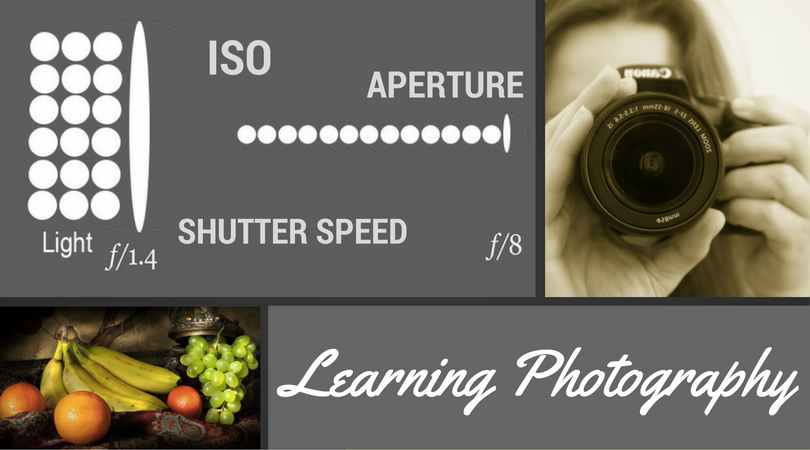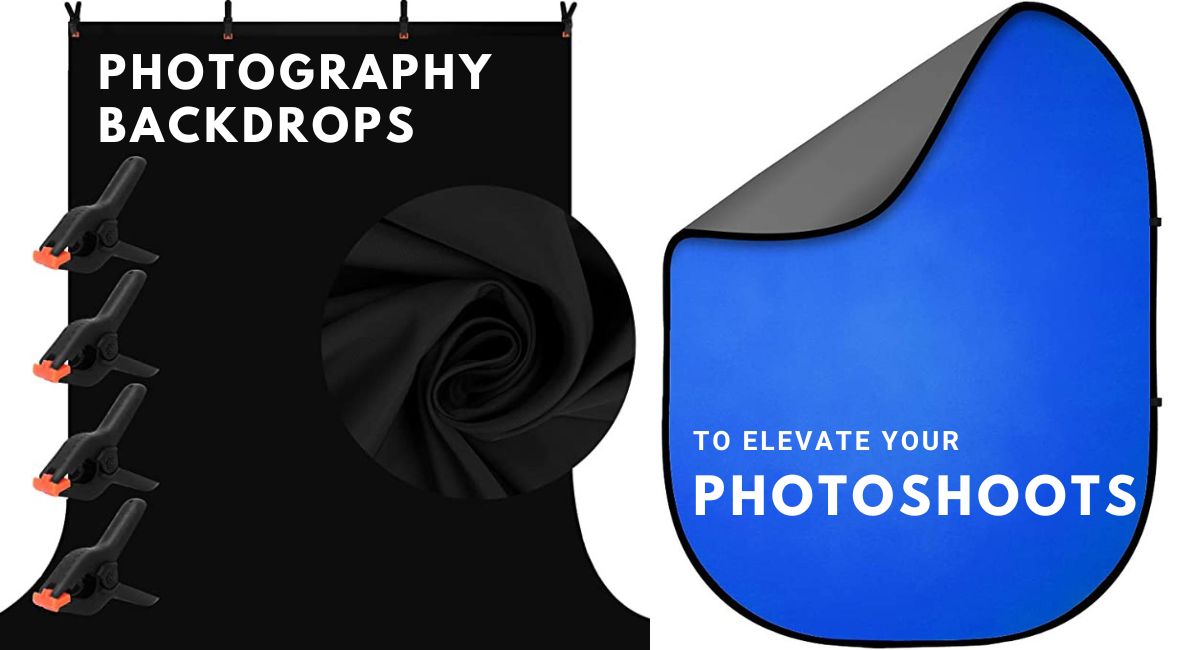This is a small effort for my love for photography, where I will be listing some of the most amazing techniques, methods that I have learned over time. I still remember, when I bought my first digital camera, it was a semi-SLR and I got it in my college days from a deal at ebay. Since then, its almost 7 year past and I have more knowledge about photography.
After observing the growing passion for photography among people, I decided to write this post. As all of us love capturing the beautiful moments of our life and want that, every picture speaks our feelings, as if clicked by a professional photographer.
But you cannot carry a professional photographer everywhere, so what to do? Why not be a photographer by yourself.
Just by following these basics you can see a significant change in your photography skills. I’m sure you will love to have this knowledge.
Three Pillars
For taking a good picture you should have knowledge regarding these three essential pillars:
1. ISO
2. Aperture / F-Stop
3. Shutter Speed
1. ISO
What is ISO in photography?
ISO is the sensitivity of your camera towards the light.
The lower ISO is less sensitive to light. (ISO 200)
The Higher ISO is more sensitive to light. (ISO 3200)
The Sensor is a component in your camera which change the sensitivity of the camera. The Sensor gathers the light and transforms it into an image.
How to use ISO?
Lowest ISO Number – Results in higher quality image, without adding noise
Higher ISO Number – For Night photography. As increased sensitivity can capture a picture in low light without flash, but adds noise or grain.
The base ISO in most of the cameras is 100 or 200, and you should opt for base ISO for the high-quality image.
The higher the ISO, the Higher is the Sensitivity, And the Higher is the noise.
Capture Speed and ISO
The low ISO takes more time to capture an image than the high ISO. For example:
If ISO 100 takes 1second to capture an image
then ISO 200 takes 1/2 second to capture an image
and ISO 400 takes 1/4 second to capture an image
and ISO 800 takes 1/8 second to capture an image
and ISO 1600 takes 1/16 second to capture an image
and ISO 3200 takes 1/32 second to capture an image
From the about example of capture speed and ISO setting, it is clear that if you want to take an still image of the object in motion ( like flying bird, or a moving car), you need to set high ISO. Otherwise you’ll get a blur Image.
When to use Low ISO?
For the Higher quality image, you should use base ISO.

Nikon D300
0.5sec f9.0 iso200 44.0mm Flash off
When to use Increase ISO?
You should increase ISO for taking a still image of an object in motion or when there is not enough light for the camera to take a picture.
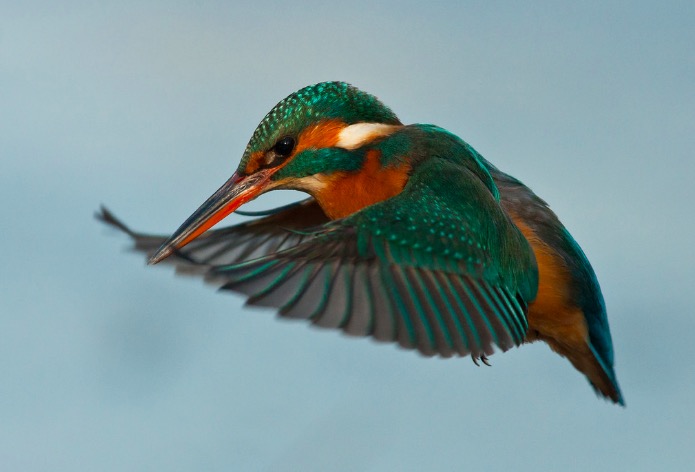
Nikon D5000,Nikon Nikkor 300mm afs f4 ,Nikon 1.4xtc
1/2000sec f6.3 iso800 420mm
You can also switch to Auto ISO, as it automatically sets the ISO from available light for the camera.
In an image below a Flying bird is captured at iso 200 as a result its blurry.
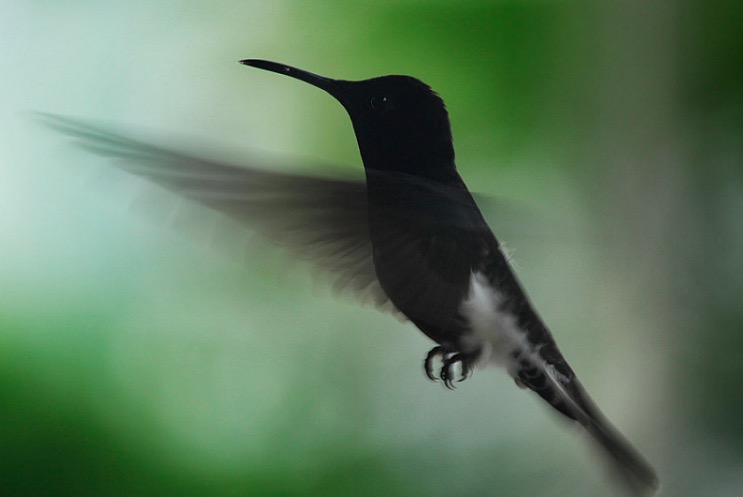
Canon EOS REBEL T2i EF-S55-250mm f/4-5.6 IS
1/100sec f8.0 iso200 250mm Flash off
Similarly, Noise can be seen as an still image below clicked at ISO 3200
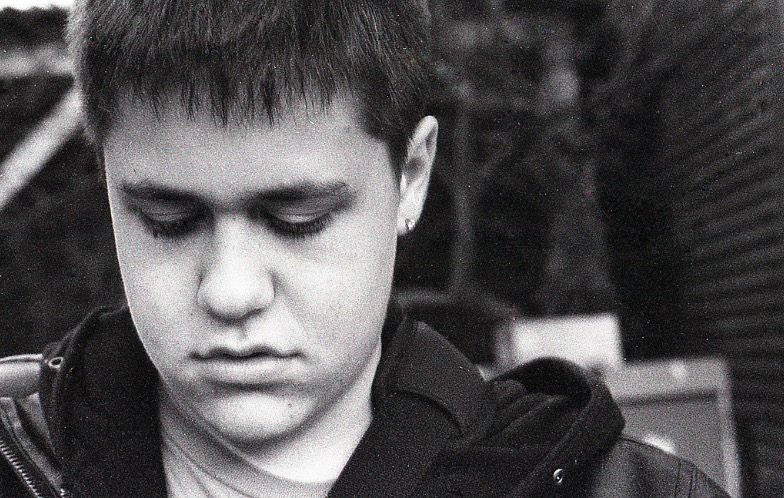
2. Aperture
What is Aperture in Photography?
Aperture adds depth to a photograph by blurring the background or focusing everything.
In Simple words we can say, Aperture is a hole in the lens of the camera through which light travels into the camera. The larger the aperture, more light travels at once. The lower is the aperture, less light is passed.
What is f-stops?
The Apertures are expressed in f-numbers, which are called f-stops. A small f-stop (f/1.4) defines a large aperture, while a large f-stop(f/8.0) define a small Aperture.
The images given below will help you in learning more about Aperture and f-stops
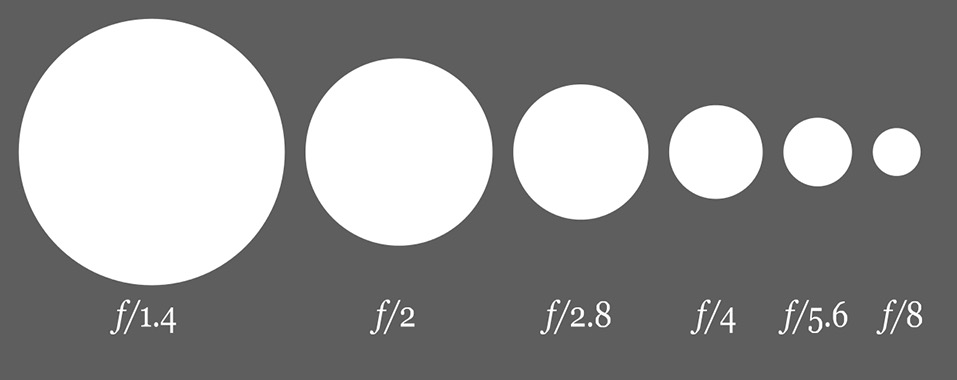
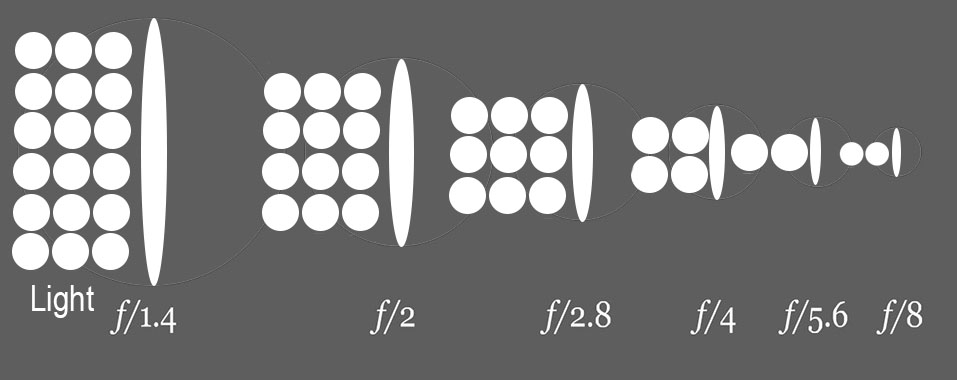
f/1.4 is larger than f/2, which means more light is passed through lens with f/1.4
f/8 is small, which means less light is passed through the lens.
Aperture affects the depth of Image.
If f-number is high ( f/8), both the foreground and the background objects are focused.
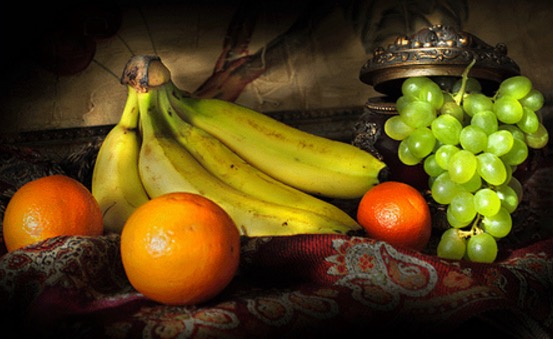
While if the f-number is low (f/1.4) only foreground object is highlighted while background objects are blurry.
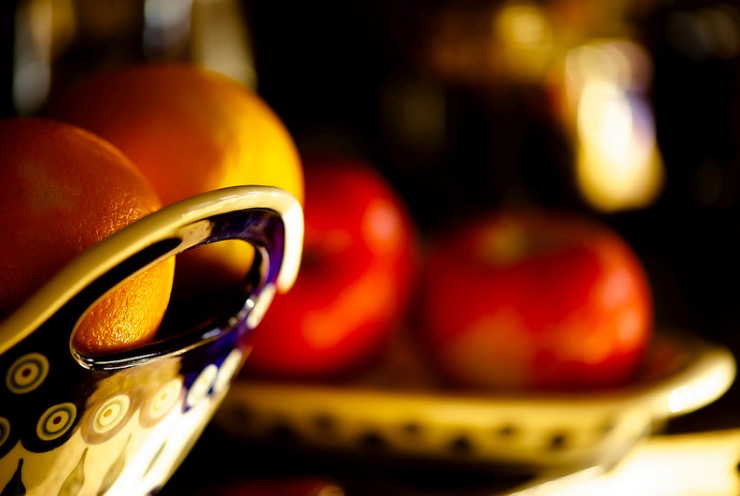
Maximum and Minimum Lens Aperture
Every lens has the maximum and the minimum Aperture. Maximum Aperture is crucial as it shows the speed of the lens. The lens that has Maximum Aperture of f/1.2 or f/1.4 are considered fast lens because of more light pass through, hence image is captured quickly.
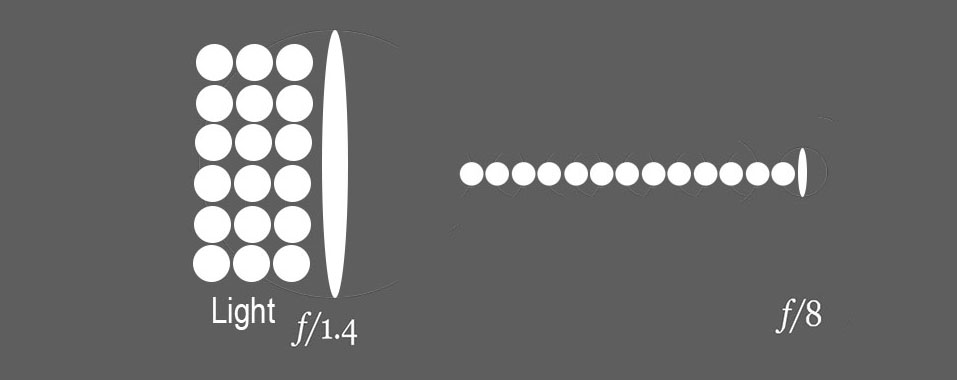
See the above image one with the Aperture of f/1.4, with the large Aperture the required light pass through quickly, whereas Aperture of f/8 takes time to gather the necessary light, hence takes time to take the picture and affect lens speed.
3. Shutter Speed
What is Shutter Speed in Photography
Shutter Speed is the third important pillar which helps in taking the dramatic pictures of objects in motion.
What is Shutter?
The shutter is light raising the curtain from the lens of your camera. As soon as the curtain raises the light passes through lens Aperture and is captured by the sensor when the sensor is done the shutter is closed.
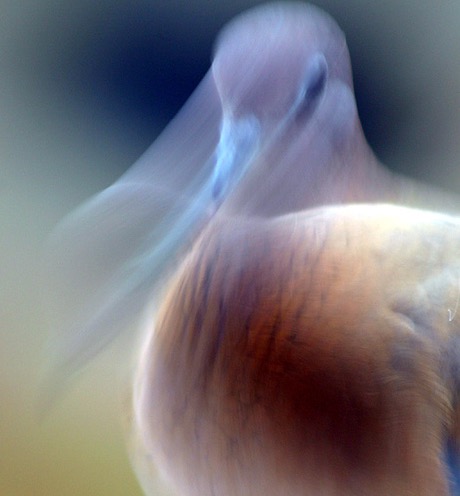
What is Shutter Speed?
Shutter Speed is how long the shutter is open to gathering the light into the sensor. If the shutter speed is fast the object in motion can be captured. But if the shutter speed is slow we get a blurry image.
High Shutter Speed
High Shutter Speed freeze the action, so it helps in taking the stills of objects in motion.
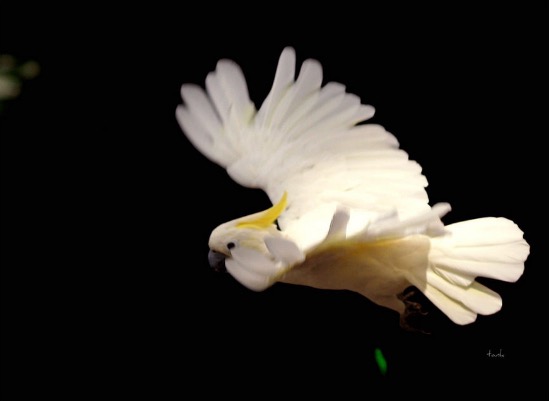
Low Shutter Speed
Low Shutter Speed create a Motion effect. Hence used in landscape photography where water is in motion or a car in motion.
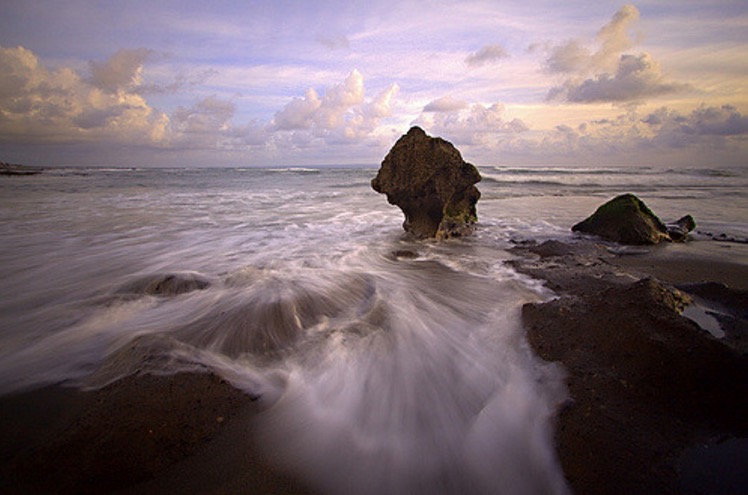
Measuring Shutter Speed
Shutter Speed is measured in the fraction of seconds. Like 1/250 means two-hundred-fiftieths of a second. Today’s Modern cameras have high Shutter speed up to 1/4000th of a second and even 1/8000th of a second. And long shutter speed up to 30 seconds.
How to set Shutter speed?
1. Select Auto mode to let the camera set the Aperture and the Shutter Speed.
2. Select Aperture Priority mode, you set the Aperture and let camera set the Shutter Speed.
3. Select Shutter Priority mode, set the Shutter Speed and let the camera set the Aperture.
4. Set Manual Mode, set both Aperture and Shutter Speed.
Out of above-discussed modes, the Aperture priority mode is considered more preferable.
Watch this video. For every newbie, its a mandatory process to learn some new jargons that can mislead you time to time, so learn basics about what is Aperture, Shutter Speed and ISO, you will surely love the way its explained, as simple as it gets.
Hope I was able to make things clear in a simple, short and easy way. For any further query, you can comment below, and we will respond for sure.
And see these examples on our site:
- Abstract Photography Examples
- 30 Portraits That are Worth Seeing
- Black and White Photography
- 30 Impressive Silhouette Photography
- 34 Impressive Vintage Photography
- 33 Wonderful Macro Photography
- 34 Enjoyable Food Photography
- Newborn Photography
And we are going to add to this list.
